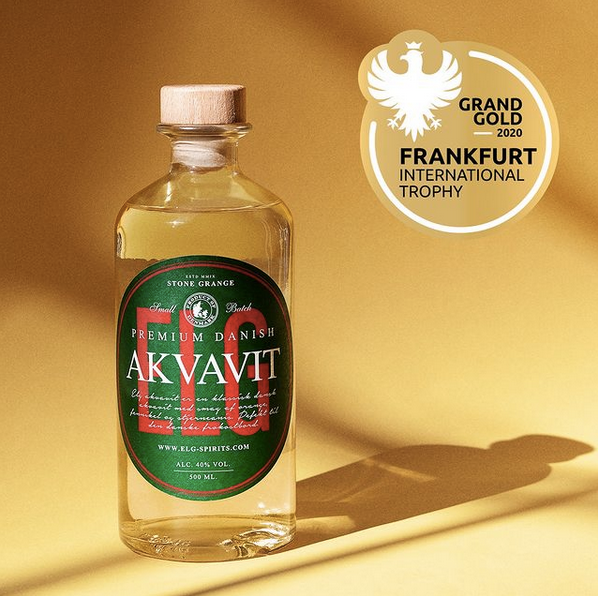
Gin and tonic or G&T as it is also popularly called. We do not get around the status of the drink as a classic.
The history of gin and tonic dates back to the 19th century, when the British colonial power began to deploy troops to India.
To secure the soldiers, malaria must they drink tonic water, which at that time had a high content of quinine. And to remove the somewhat bitter taste of quinine, the British took what they had a lot of and knew from home - namely barrels of gin - and diluted the quinine.
As the habit grew, the British soldiers and colonists began to play with the drink and added lemon and lime - fruits that India had in abundance and which could be picked directly from the trees in the large fine gardens.
The result was the famous gin and tonic.
NOTE: Today's tonic water does not work against malaria.
Gin and tonic - what should I choose?
Not all gin is suitable for a gin and tonic, nor is every tonic suitable for all gin.
There is an incredible difference between both gin and tonic together and separately. There are tonics that are incredibly expensive with different flavors and then the completely cheap tonic. And there is a difference, but it is not necessarily the price that determines how good it tastes in your gin and tonic.
We all taste different and therefore it is important to decide for yourself what you want your tonic to be able to do.
1) Should it hide the "ugly" taste of gin?
2) Should it highlight the unique taste of juniper?
3) Should it help make my gin and tonic sweet or bitter?
The tonic you choose helps define the taste experience you get from your gin and tonic. You can smash a great gin with a bad tonic - and in the opposite direction you can also save a bad gin with a good tonic.
Fever-Tree has created a ‘Wheel of tonic’ that can help you choose the right tonic. Find it right here: www.fever-tree.com
How to make a classic Gin & Tonic
Gin & Tonic is one of the simplest drinks consisting of just three ingredients (gin, tonic and flavoring garnish, such as lime, lemon, mint, cucumber, pepper, etc.).
The choice of gin and tonic is incredibly individual and of course depends a lot on your taste buds.
We can only comment on Elg Spirit's gin, where a number of Elg's gin have won awards for just being the right one for your gin and tonic.
Eg. Elg Gin No. 0, Elg Gin No. 3 (Navy Strenghts) and Elg Gin No. 4.
These three gins have all won awards category "Best Gin and Tonic gin" in the IWSC (International Wine & Spirits Competition).
Ingredients
- 30ml Elg gin
- 100ml Tonic water
- Lime / lemon
- Ice cubes
Alternative types of garnish
- Pink grape & rosemary
- Cucumber, mint, black pepper
- Strawberries & basil
- Chili & lime
Fill a large glass with ice and rub the edge with lime. Pour in the gin and stir well with a spoon so that the temperature of the gin drops and the spicy taste is released. Pour tonic into the glass and squeeze in any fresh lime or lemon juice.




